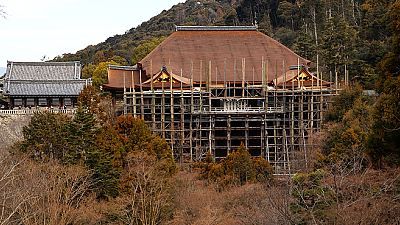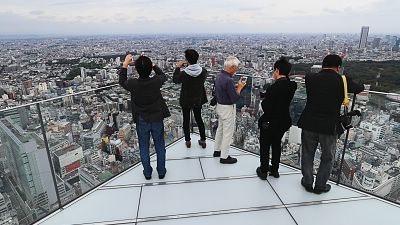Travel Highlights 2019
Below are my highlights of visiting 34 of Japan's 47 prefectures in 2019:
#10: Usuzumi-zakura, one of Japan's three greatest cherry trees
Three cherry trees in Japan are so old, large and beautiful that they are known as the country's "three greatest cherry trees". One of them, the Miharu Takizakura in Fukushima Prefecture, I have already visited multiple times and is my all-time favorite tree. This year, I had the pleasure to visit one more of the trio, the Usuzumi-zakura in Gifu Prefecture. Not only was the tree impressive, but the train ride to the mountainous countryside town where it stands was also very pleasant. Left on the list is the Jindai-zakura in Yamanashi Prefecture.
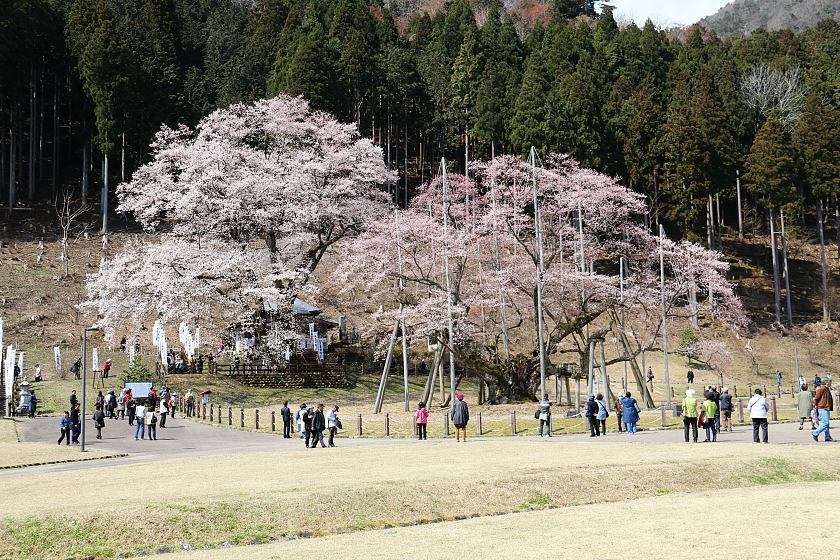
#9: Shomyo Falls, Japan's tallest (?) waterfall
The answer to the question of what is Japan's tallest waterfall is not as simple as you may think. With its 133 meters, Nachi Falls indisputably is Japan's tallest single-tiered waterfall. Shomyo Falls in Toyama Prefecture is usually ranked as Japan's tallest multi-tiered waterfall with a height of 350 meters. However, Shomyo Fall's neighbor, the almost 500 meter tall Hannoki Falls, causes some complication because it is taller than Shomyo Falls but dries out during extended periods of the year. On a beautiful October afternoon, I was able to see both the Shomyo and Hannoki Falls during the peak of the autumn color season.
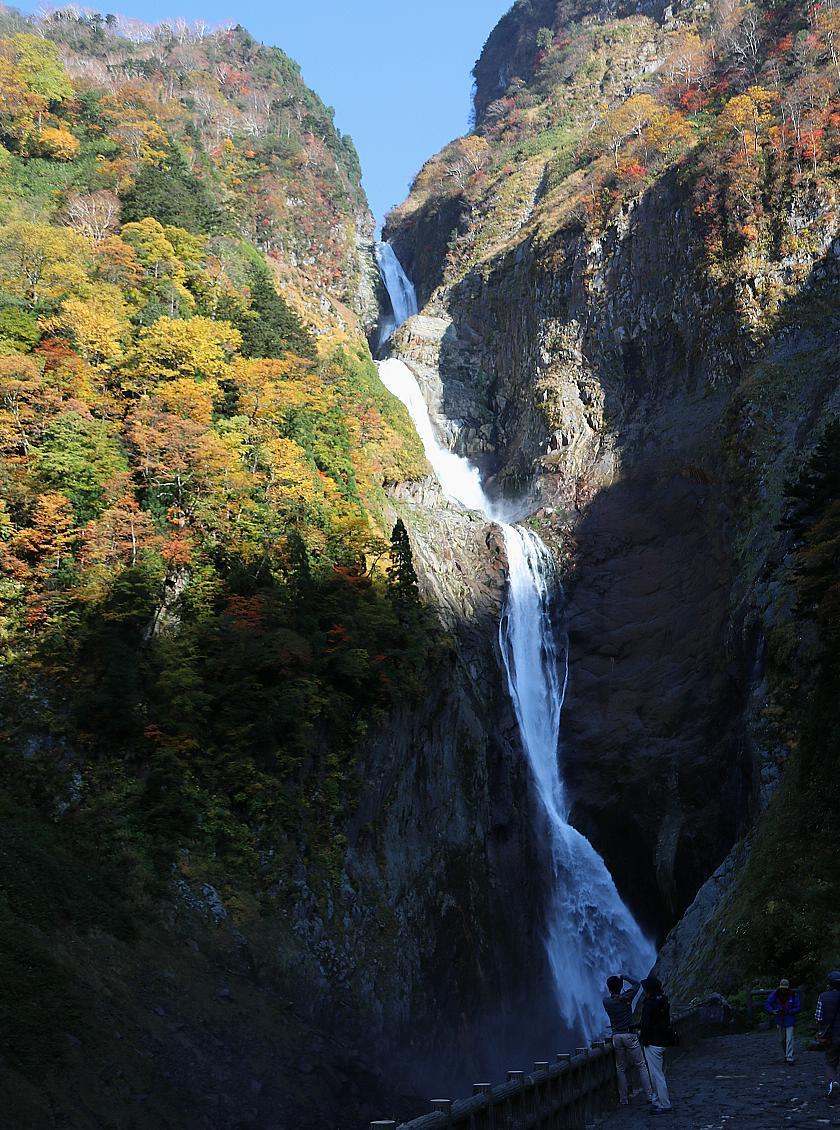
#8: Ingenious Tsujunkyo Bridge
Previously I had seen photos of the famous Tsujunkyo Bridge in the Kumamoto countryside on multiple occasions, but I had never made any efforts to read more deeply about it. When I finally visited the bridge this year, I realized why the bridge is so celebrated: built during the feudal ages over 150 years ago, it ingeniously takes advantage of the laws of physics to transport water down, over and back up a valley to an elevated area that would otherwise be deprived of irrigation. To flush accumulated stones and sediment out of the bridge's pipes, water is gracefully released from openings in the center of the bridge during certain times of the year.
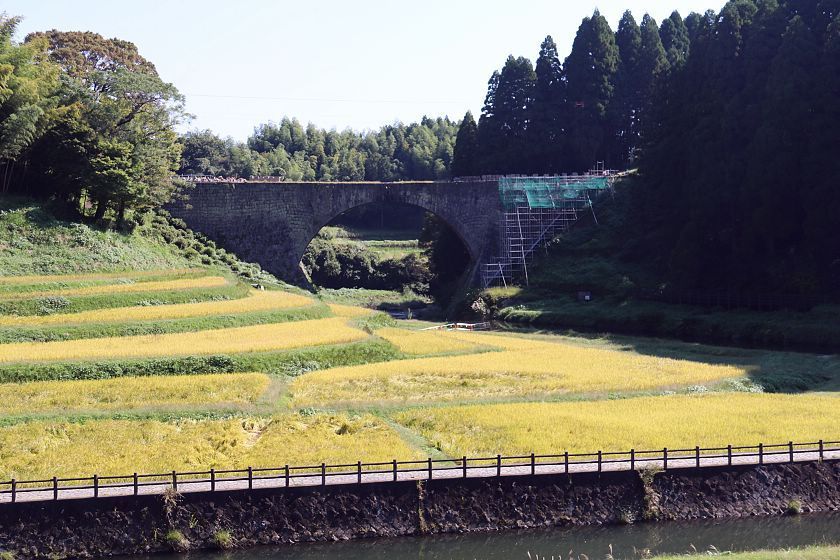
#7: Cherry picking in Yamagata
Cherries are the most famous product of Yamagata Prefecture, and I was excited to go cherry picking in Kaminoyama Onsen in early summer this year. Although we were told that this year's cherries weren't the best because of a relative lack of sunshine in spring, I found them extremely delicious and must have eaten around a hundred during our 30 minute all-you-can-eat visit.
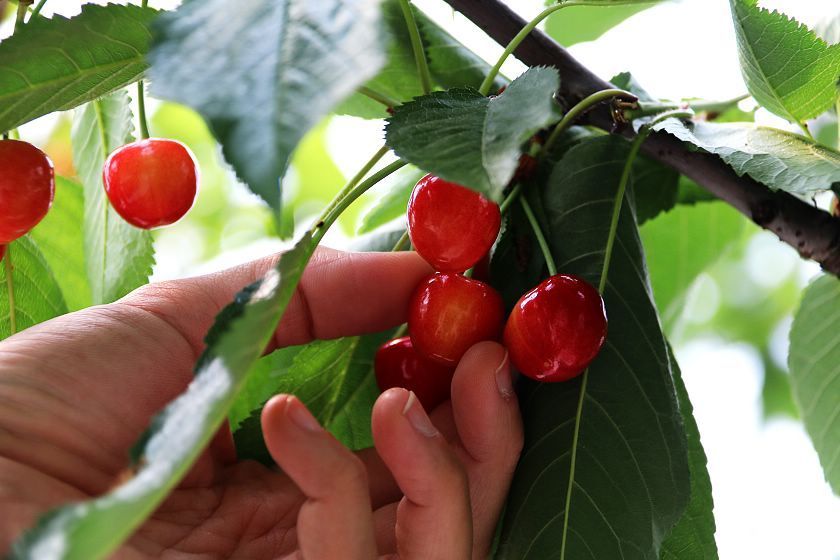
#6: Autumn Colors around Goshogake Onsen
The colors were at their best during my visit to Towada-Hachimantai National Park, which in my opinion is one of the best places in all of Japan to see the seasonal spectacle. My walk around the volcanically active area behind the Goshogake Onsen ryokan was particularly enjoyable.
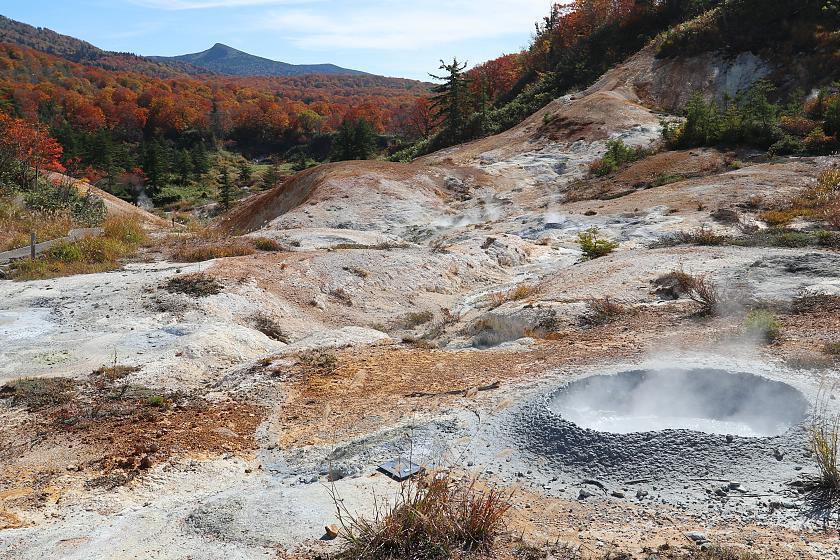
#5: Walk on Teshima Island
Every three years, the Setouchi Art Triennale is held on a dozen islands in the Seto Inland Sea, and this year was one of these years. On a visit to the art festival, I particularly enjoyed exploring rural Teshima Island on foot and re-visiting the Teshima Art Museum, Japan's most fascinating contemporary art installation.
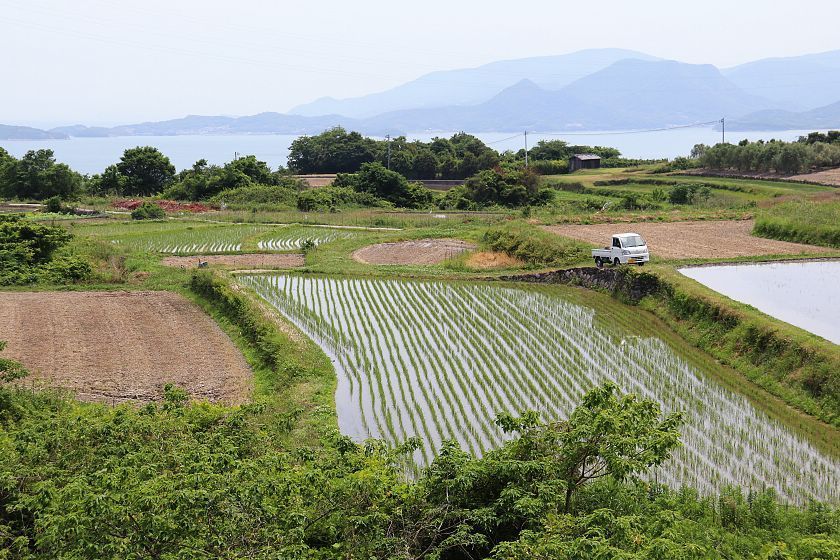
#4: Remote Fukiya Village
After 17 years of exploring all corners of Japan, I still discover many new, wonderful places, but fewer and fewer of them make it to the 1-red-dot  level which is reserved for truly outstanding destinations. The only new discovery that did it this year was the remote village of Fukiya in Bitchu-Takahashi City, Okayama Prefecture. Located in the middle of the mountains, the beautifully preserved village used to prosper due to copper mining and the production of bengara color pigment.
level which is reserved for truly outstanding destinations. The only new discovery that did it this year was the remote village of Fukiya in Bitchu-Takahashi City, Okayama Prefecture. Located in the middle of the mountains, the beautifully preserved village used to prosper due to copper mining and the production of bengara color pigment.
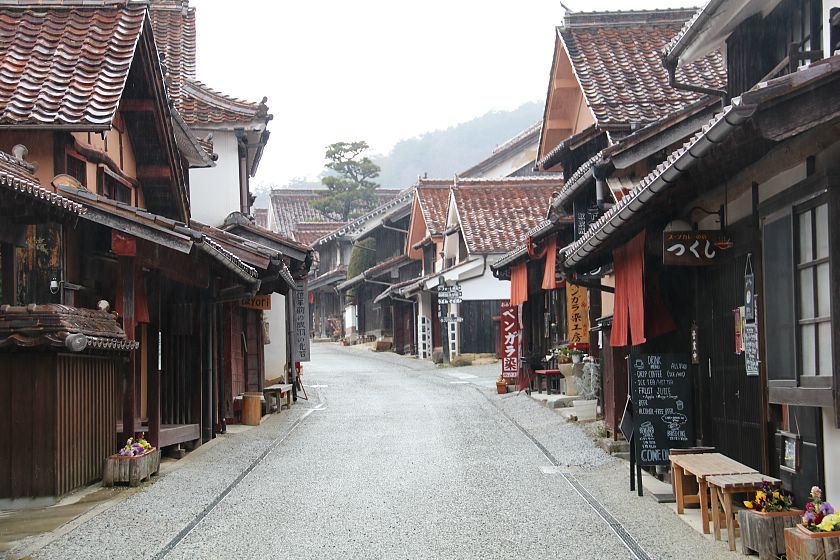
#3: Trip across Kyushu
Crossing Kyushu from Beppu to Kumamoto along the Yamanami Highway is one of my favorite travel itineraries in Japan. This spring, we introduced this travel idea in a video on our YouTube channel. The shooting work - in great company - made for a highlight of the year.
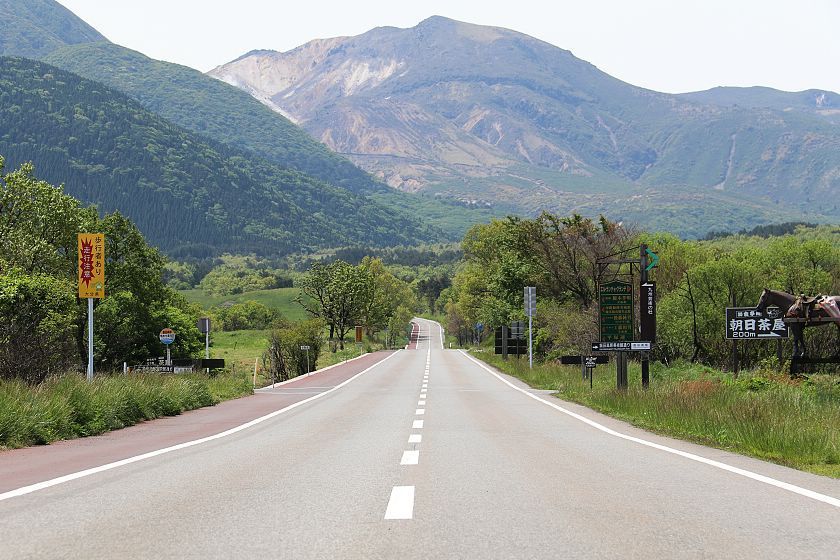
#2: By public transport along the Sanriku Coast
Since the 2011 tsunami, I have been visiting the Sanriku Coast twice per year to report on the progress of recovery. So far, we always did the trips by car; however, on our 16th visit in spring of this year, after the full reopening of the coastal train line, we did the journey entirely by public transportation. Bus and train connections along the coast are not always efficient, which made for a wonderfully decelerated journey through rural Japan.
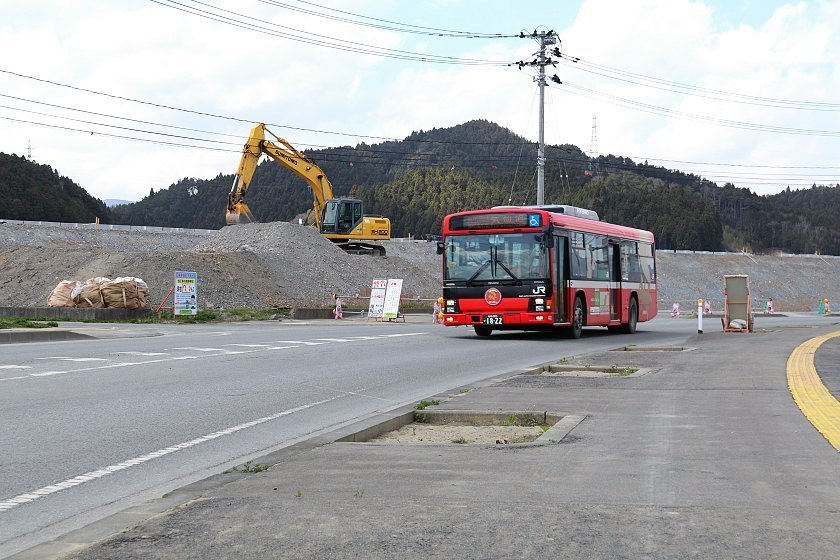
#1: Rugby in Kamaishi
8.5 years after suffering devastation by the 2011 tsunami, the Unosumai district of Kamaishi City hosted a Rugby World Cup game on September 25, and I had the privilege to be there among thousands of people from around the world. Before the start of the game, the local school children sang a song of gratitude for the support received after the tsunami, making for the year's most moving moment.


